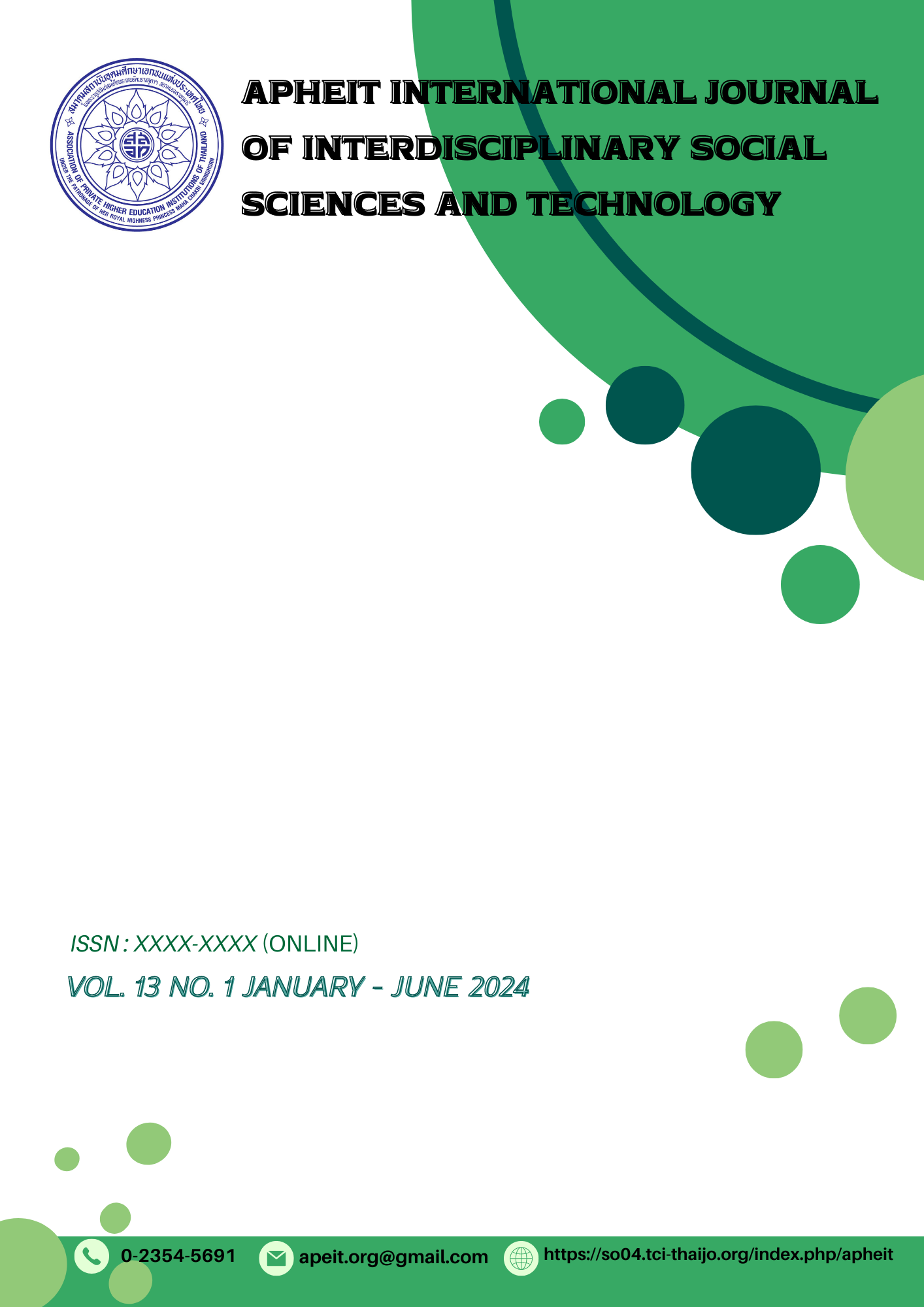Guidelines Development Model of Enhancing Graduate Attributes for Employability through Leadership Characteristics of Higher Vocational Education in Jiangmen
Keywords:
Students' employability, employability improvement, higher vocational education, Jiangmen, Guangdong ProvinceAbstract
The objectives of this research were 1) to study the current situation of graduate attributes affecting employability based on leadership characteristics of higher vocational education, 2) to develop the components for enhancing graduate attributes for employability based on leadership characteristics of higher vocational education in Jiangmen, and 3) to propose guidelines for enhancing graduate attributes for employability through leadership characteristics of higher vocational education in Jiangmen, the Republic’s of China. This study employed a mixed method of research The scope of the research was drawn from three higher education colleges in Jiangmen, Guangdong Province. The sample size was determined by Krejcie and Morgan's table, obtained by simple random sampling method, with a total of 295 teachers conducting the questionnaire. A purposive sampling method was used to obtain three groups of 21 key informants for interviews. Purposive sampling was used to obtain nine experts for group discussions. The results of the research found that: 1) The influence of leadership characteristics of higher vocational education on graduates' employability at the present stage includes: technical skills, personality traits, attitudes and personal qualities. 2) The influence of leadership characteristics of higher vocational education in Jiangmen on improving graduates' employability includes technical skills, personality traits, attitudes and personal qualities. 3) The effective guidance of leadership characteristics of higher vocational education in Jiangmen to improve graduates' employability is mainly for the government, enterprises, higher education institutions and students.





